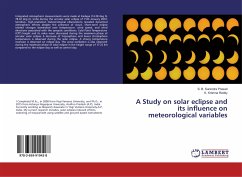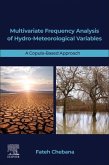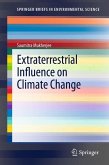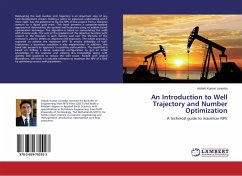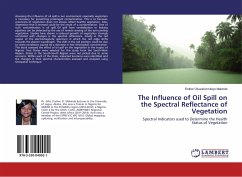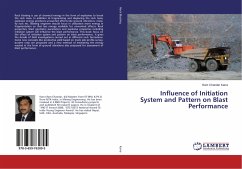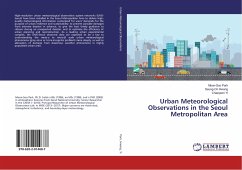Integrated atmospheric measurements were made at Kadapa (14.28 deg N, 78.42 deg E), India during the annular solar eclipse of 15th January 2010. Sensitive, high-resolution meteorological observations revealed dynamical atmospheric effects despite the presence of cloud. Short-term eclipse related changes dominated over temperature, wind speed, and wind directions associated with the synoptic conditions. Cold Point Temperature (CPT) height and its value were decreased during the maximum phase of annular solar eclipse. A decrease of troposphere and lower stratosphere temperature is observed during the solar eclipse. A strong temperature inversion is observed on eclipse day. The wave oscillation is also observed during the maximum phase of solar eclipse in the height range of 17-22 km compared to the eclipse day as well as control day.
Bitte wählen Sie Ihr Anliegen aus.
Rechnungen
Retourenschein anfordern
Bestellstatus
Storno

